How a collection of saints’ lives shaped centuries of art and religious symbolism in Europe.
Few books have had as profound an impact on Christian art as the Golden Legend, compiled in the 13th century by Jacobus de Voragine
Far from being a mere anthology of devotional tales, this work became a guidebook for painters, sculptors, and illuminators seeking to visualize the virtues, miracles, and martyrdoms of the saints. Through its vivid stories, the Golden Legend established symbolic and iconographic models that transcended borders and centuries — a key to unlocking the visual language of the Middle Ages.
You can read this post in Português
The context of the Golden Legend
Through its vivid stories, the Golden Legend established symbolic and iconographic models that transcended borders and centuries — a key to unlocking the visual language of the Middle Ages.
The Golden Legend by Jacobus de Voragine was one of the most popular books in the Middle Ages. Although historically questionable, the Golden Legen is one of the most important sources for the analysis of Christian iconography and for the analysis of works of art.
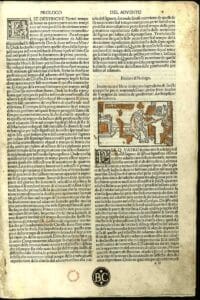
About Jacobus de Voragine
Jacobus di Voragine was born in Genoa (Ligura), circa 1226-1230. In 1244, he joined a Dominican convent. Well recognized throughout the northern region of Ital, he took several important positions, which culminated in his appointment as Archbishop of Genoa in 1292, a position he maintained until his death in 1298.
He played an important role in the process of pacification between the Guelphs and the Ghibelins, which later, in 1816, was recognized by Pope Pius VII, who beatified him.
Jacobus de Voragine works| The Golden Legend
Throughout his religious life, he wrote several sermons and reflections about the saints and the Virgin Mary. He was the author of the Chronicle of Genoa and, in his final years, the Legenda Aurea (also known as Lombardica Historia). The latter is a compilation of stories of the lives of saints and martyrs, of episodes of the lives of Jesus and the Virgin and diverse information concerning the holy days according to the liturgical year.
Beyond these aspects the Golden Legend has an originality that comes from thinking the time, this great question of all civilizations and religions. Read more about this.
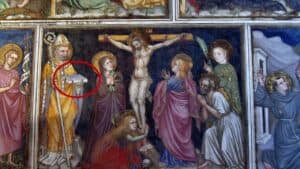
Jacobus de Voragine with the Golden Legend in his hands. Ottaviano Nelli. Trinci Palace. Foligno, Italy
The popularity of the Golden Legend
The book became immensely popular in the Mediaeval Ages and it was translated into several languages, all over Europe. One of the first translations was made for the English language, by William Caxton, in 1483.
You can consult or download copies of the works of Jacobus de Voragine at Biblioteca Nacional de Portugal.
The Golden Legend by Jacobus de Voragine in art
Gradually expanded over the years, the book also served as a basis for various medieval artists, who found inspiration for their illustrations and works of art in the descriptions of the episodes.
It thus became a kind of script for representations of saints and is now a valuable aid for analysing hagiographic iconography.
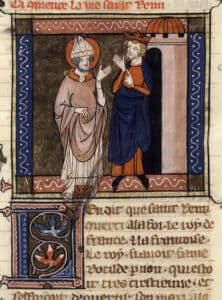
14th-century edition of the Legenda Aurea, with St. Remy and St. Clovis
The book of Jacobus de Voragine lost popularity during the Protestant Reformation. The narrative’s lack of historical perspective was considered unacceptable, and it was deemed obsolete.
History and narrative
In fact, the book is mainly a reading about the important and inspiring points that serve as basis for the Christian and Catholic ideal.
The Latin word Legenda, translates into Reading, in the sense of something that must be read. Thus, and as the German historian Heinrich Gunter explains, the Legenda does include some facts that are historically genuine, but side by side with a narrative whose function comes down to the commemoration of the Holy Names in a pedagogical sense.
The Golden Legend of Jacobus de Voragine as an Iconographic Source
Although considered historically questionable, the reading of the episodes of the Saints’ lives continued to serve as a basis for artists, who did not dismiss the narratives for their illustrations and the creation of great works of art.
Want to know more about iconography? Read the post.
In the context of Iconography and studies related to Christian Iconography, the work of Jacobus de Voragine cannot be ignored as one of the most important sources.
To learn how to identify the iconography of saints in art:
Iconography of Saints – Programme
PART 1 – First Notions
1. First notions: Icon, Iconography and Iconology
2. The evolution and definition of the Iconography as an area of study
3. The Panofsky method
PART 2 – Christian Iconography
1 – Art and Christianity – the image as a vehicle for a message
2 – Graphic and written sources
3 – The first symbols of Christianity
PART 3 – Iconography of the Saints
1. Saints and martyrs: General aspects
2. Clerical vestments
3. Most veneered Saints: symbols and attributes

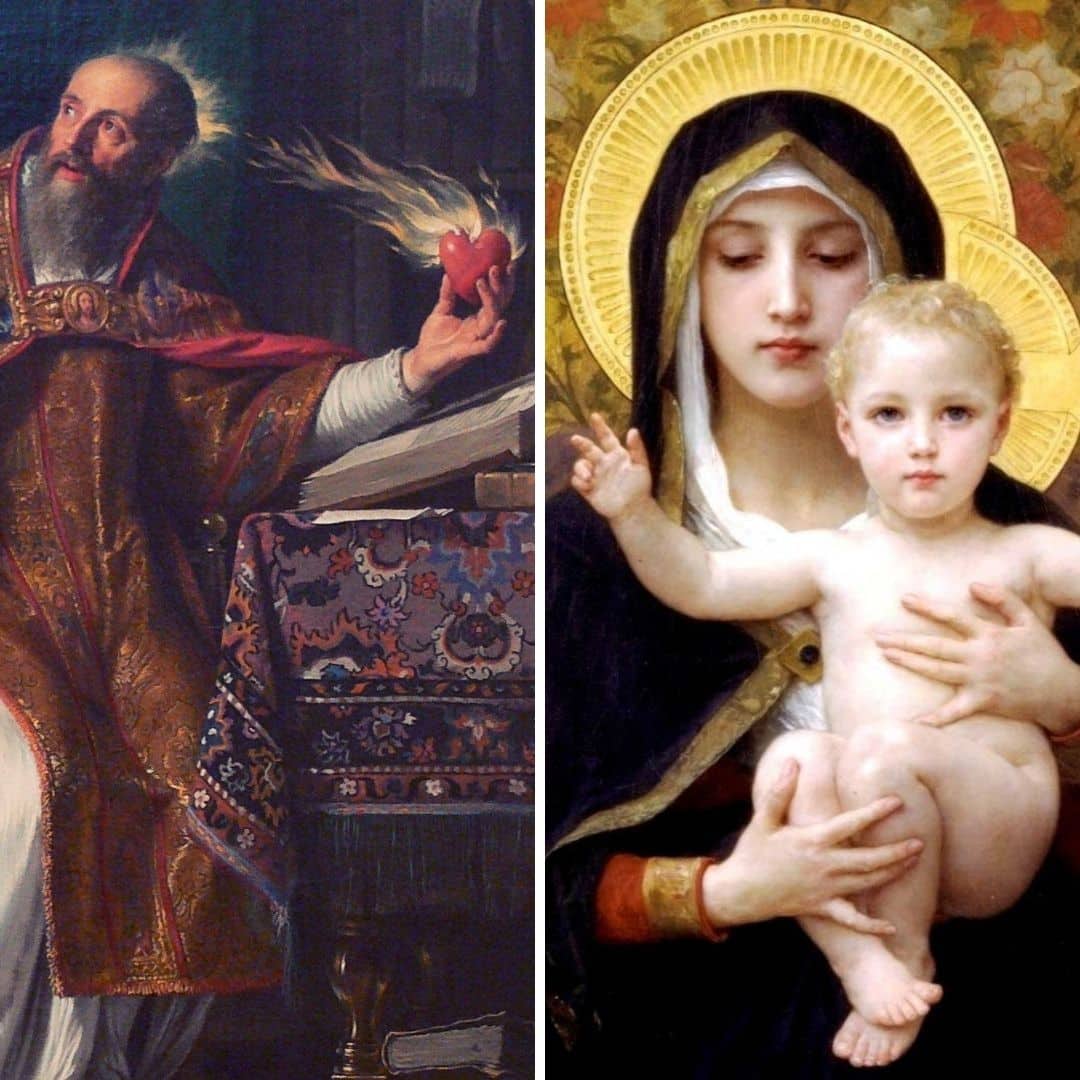
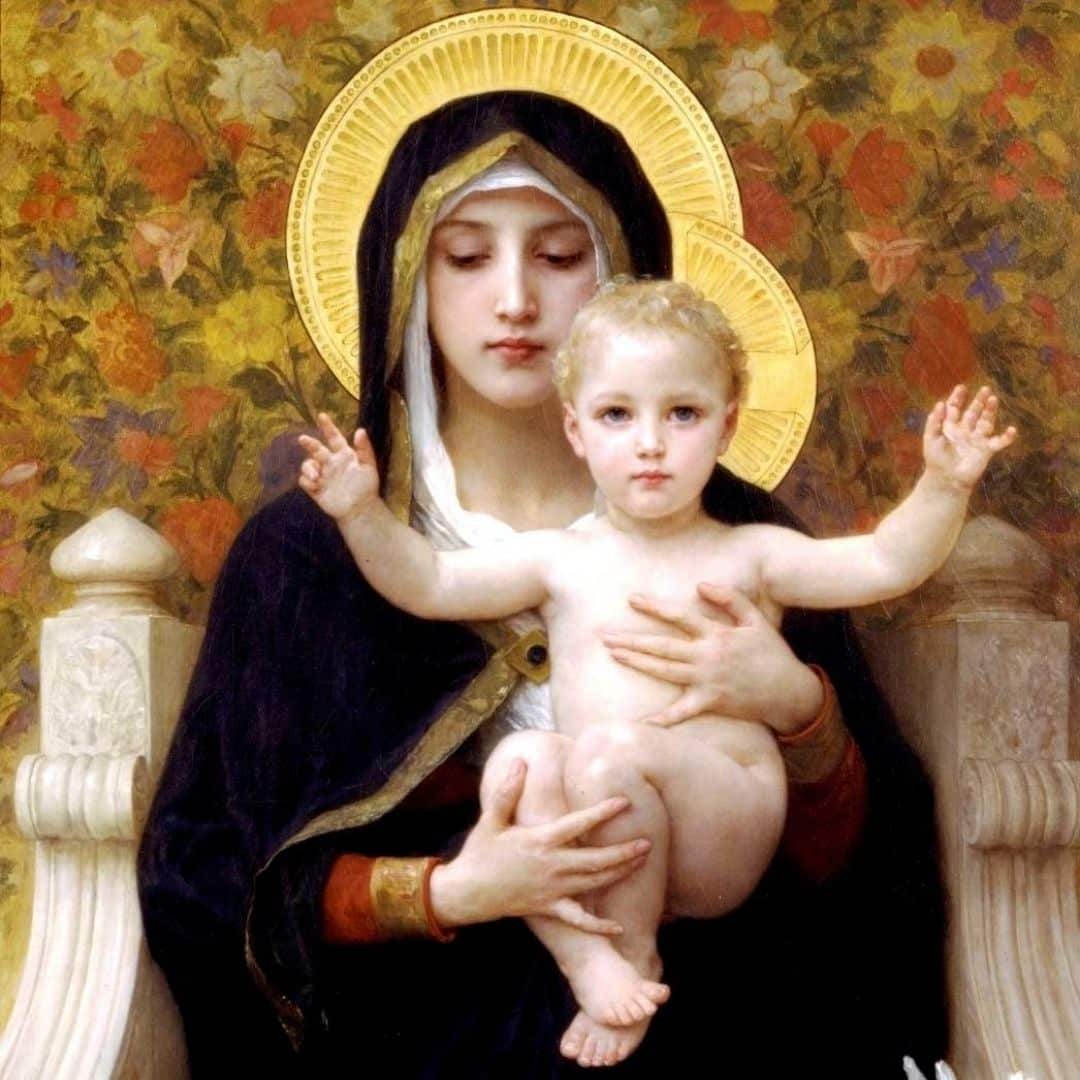

2 Comments.
Pretty! This was an incredibly wonderful post. Thank you for providing these details.
You’ve been great to me. Thank you!